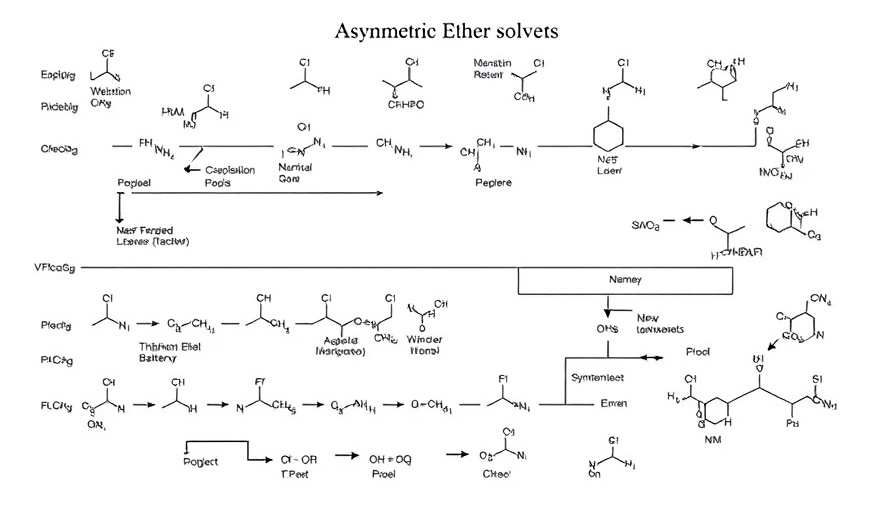
Asymmetric Ether Solvents: A Leap Forward in Lithium-Metal Batteries
As the world increasingly relies on advanced electronic devices, the demand for efficient energy storage solutions has never been higher. Traditional lithium-ion batteries are rapidly being overshadowed by lithium-metal batteries (LMBs), which promise faster charging, longer lifespans, and higher energy densities. However, these theoretical benefits have faced a hurdle due to performance issues, particularly slow redox kinetics and cycling reversibility.
Engineering New Solutions in Battery Technology
Recent research from Stanford University introduced a groundbreaking approach by designing asymmetric ether-based solvents that enhance the performance of LMBs. Conventional symmetric ether solvents have shown limitations, including reduced ion exchange rates, which hamper battery efficiency. By shifting focus to asymmetric structures, researchers created solvent molecules that vastly improve the kinetics of lithium ion movement and stabilize battery operation.
A Closer Look at Asymmetric Ether Molecules
The research team, led by Rok Choi, based their new solvent design on ethyl methyl carbonate, an already effective solvent in lithium-ion batteries. The asymmetric ethers demonstrated higher exchange current densities and improved lithium plating and stripping reversibility. These features were vital in achieving reliable battery operation, particularly for high-rate applications.
Why This Matters: Implications for Future Technology
These developments in asymmetric ether solvents not only represent a significant milestone for energy storage technologies but also hold potential implications for industries relying heavily on high-performance batteries. For electric vertical take-off and landing (eVTOL) aircraft, for example, efficient battery systems are crucial for their operational reliability. The ability to cycle over 600 times as reported in the study suggests that these batteries could revolutionize how we approach electric flight.
Looking Forward: Opportunities and Challenges
As researchers continue to explore the effects of solvent asymmetry and fluorination—where certain atoms are replaced with fluorine to improve battery stability—the future of lithium-metal batteries lies in overcoming existing technological barriers. By reducing the chances of dendritic lithium growth and ensuring consistent ion flow, asymmetric ether solvents represent a pathway to unlocking the full potential of LMBs.
Concluding Perspectives
In this rapidly evolving field, understanding how batteries work at a molecular level is essential. With innovation like asymmetric ether solvents paving the way, the future of batteries could become more efficient, safer, and applicable to a broader range of technologies. The collaboration and ongoing research efforts signal a promising aspect of charge technology that could truly transform the industry.
 Add Row
Add Row  Add
Add 




Write A Comment